Bible Introductions
Introductions to background, history, chronology and books of the Bible from Wednesday in the Word.
Bible Introductions
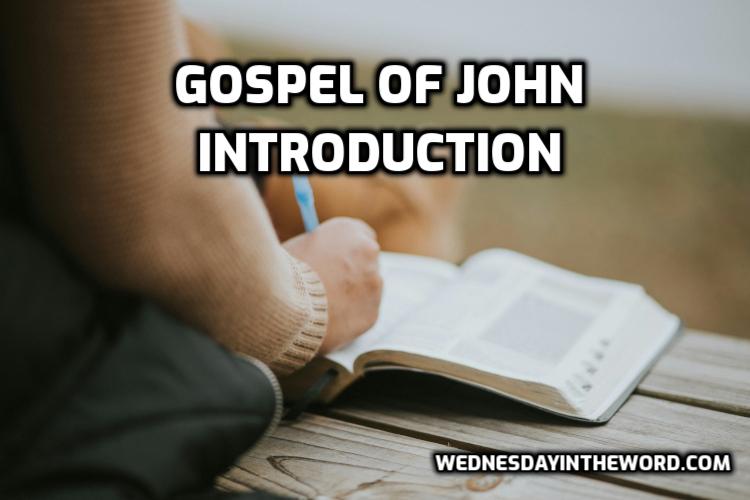
01 Gospel of John Introduction
This episode kicks off a new season on the Gospel of John. We delve into the what we know about the author, the Apostle John, and review the unique characteristics of this gospel, as compared to the Synoptic Gospels (Matthew, Mark, Luke).
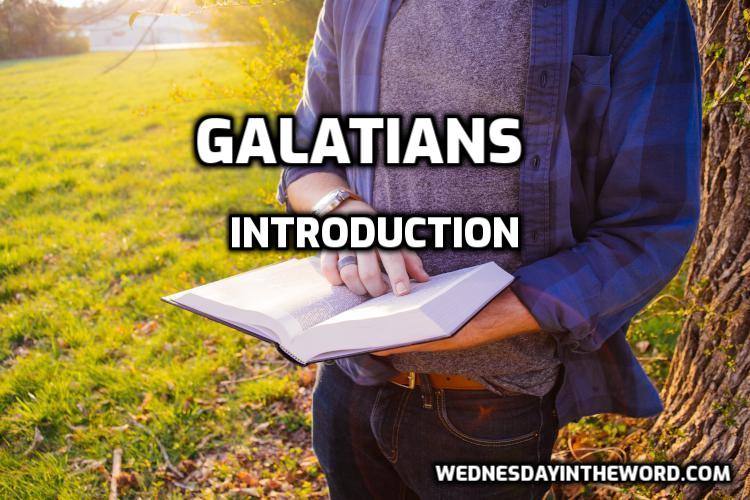
Galatians Introduction
Galatians Introduction: Paul wrote this letter around 49 AD, about 15 years after the death and resurrection of Jesus to churches he founded during his first missionary journey. After Paul left, the Judaizers began teaching the Galatians they must keep the law to be fully Christian. Paul wrote this letter in response.
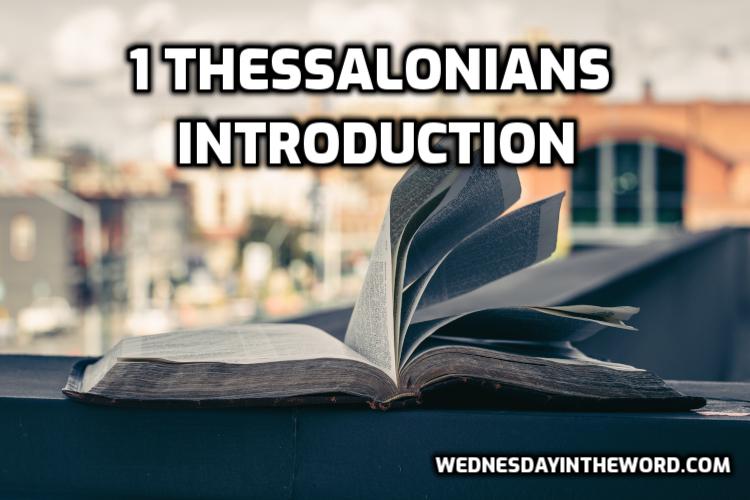
Thessalonians Introduction
Paul is writing to a very young church of people from different ethnic groups in a city that is intensely hostile to them. Paul wants to encourage them to persevere in the faith and clarify some issues that confuse them.
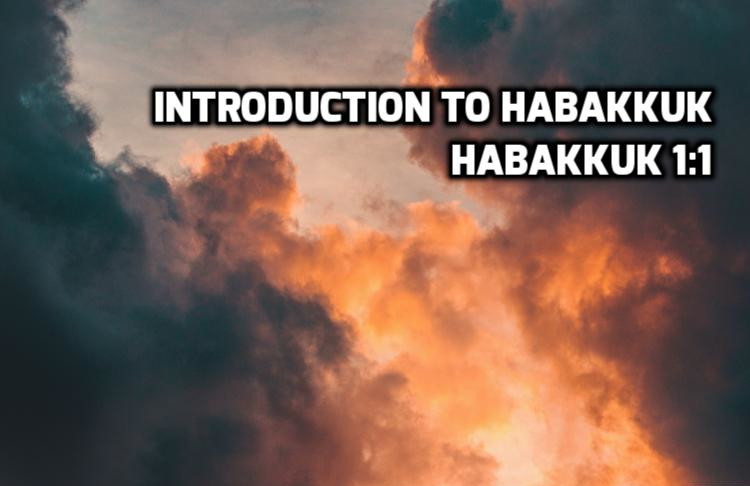
Habakkuk Introduction
The Old Testament book of Habakkuk speaks to two of the most fundamental questions of the Christian faith: 1) How long will God let His people suffer? and 2) Why should we keep believing Him if we’re not spared the tragedies of life?
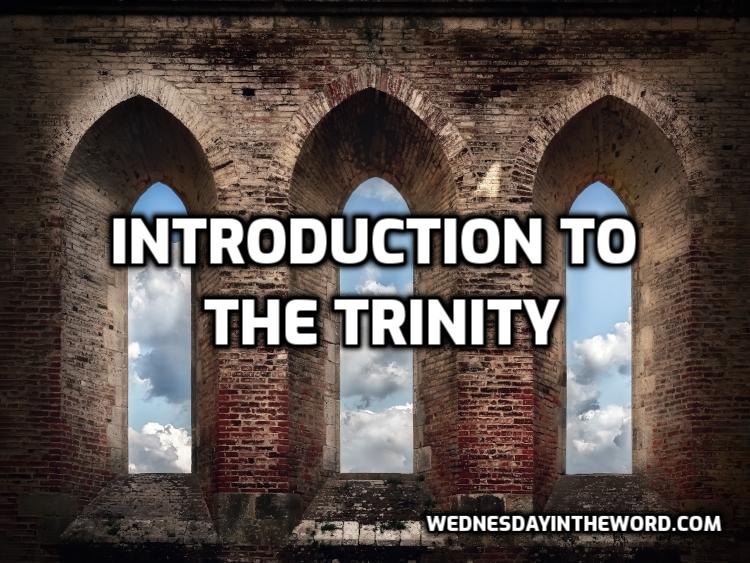
Introduction to the Trinity
How can God be one being and yet 3 persons? While not explained explicitly in any passage, the concept of the Trinity is progressively revealed in Scripture. The early church struggled for centuries to understand the doctrine of the Trinity before landing on 3 statements.

Old Testament Canon: Why these books?
The canon of Scripture is the list of all the books that belong in the Bible. The Bible, the Apocrypha and history all testify to the historical development of the Old Testament canon.
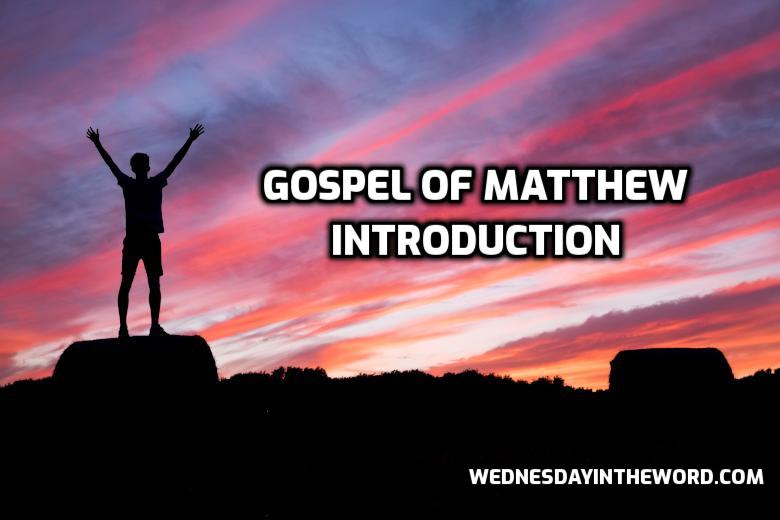
Gospel of Matthew Introduction
Jesus claimed that “all authority in heaven and on earth” has been given to him (Mt 28:18). If that’s true, and I believe it is, then we benefit by learning all we can about Jesus. Matthew wrote this gospel to tell us who Jesus is and what that means for us.
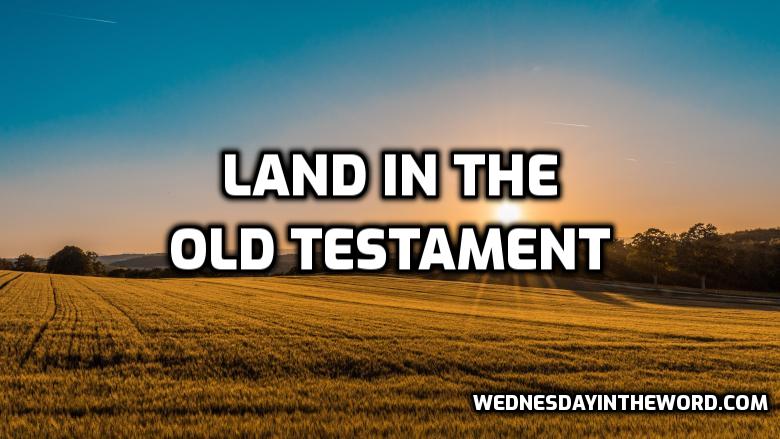
Land in the Old Testament
Land is an important theme in the Old Testament. “Land” is the fourth most frequent noun in the Old Testament. Mankind was created from and is sustained by the land. God gave Israel the land as a gift. Land was always associated with life.
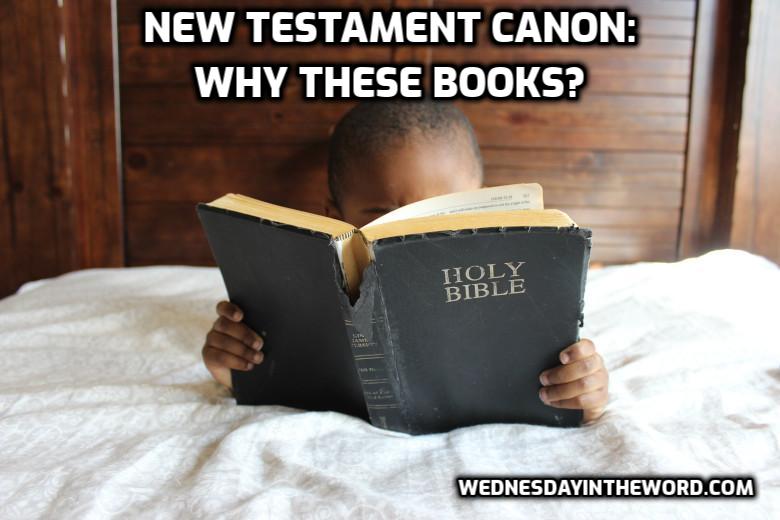
New Testament Canon: Why these books?
Scholars have attacked Christianity by claiming that Christians don’t know which books should belong to the New Testament canon and which ones shouldn’t. If we don’t know the answer to why these 27 books, then we do have a problem. But it’s not the Achilles heel of Christian faith that critics claim it is. We Christians do have an answer.
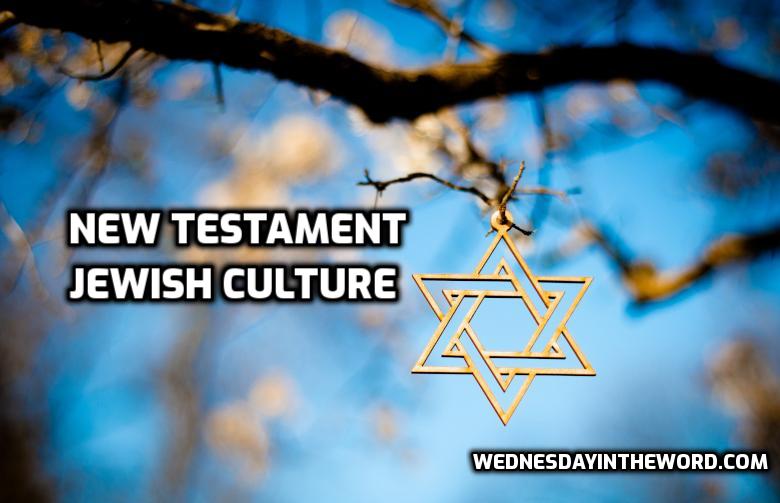
New Testament Jewish Culture
Jesus spent a lot of time interacting with the Jewish culture of his day. The New Testament authors assume their readers are familiar with the Jewish culture in their day. Here are some of the basics.
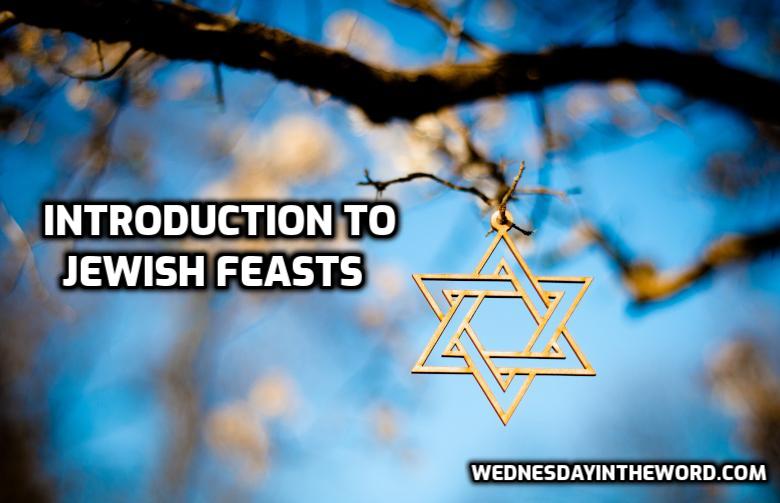
Introduction to the Jewish Feasts
Introduction to the Jewish Feasts – a summary of the seven feasts God commanded Old Testament Israel to celebrate.

Introduction to Covenants of the Bible
God made a series of special promises, which we call covenants. There are two kinds of covenants and 5 significant covenants in Scripture.
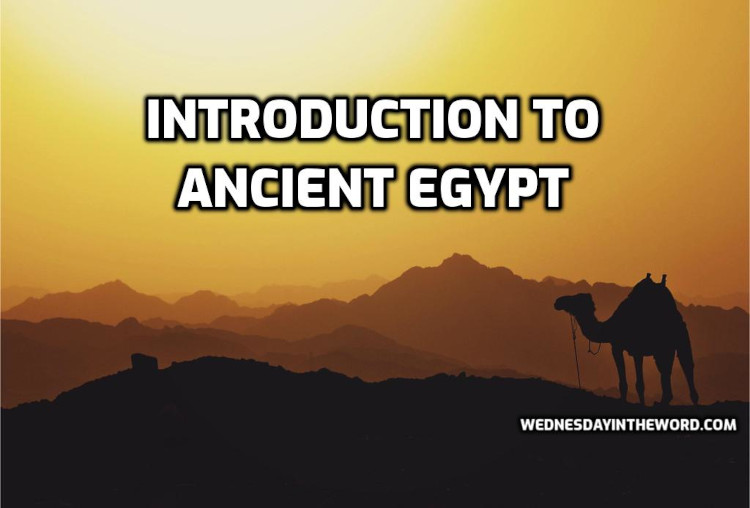
Introduction to Ancient Egypt
The first third of the book of Exodus takes place in Egypt. The Israelites had lived in Egypt for 400 years and were steeped in Egyptian culture. The cultural and historical setting of Exodus is ancient Egypt. Here’s a brief introduction.
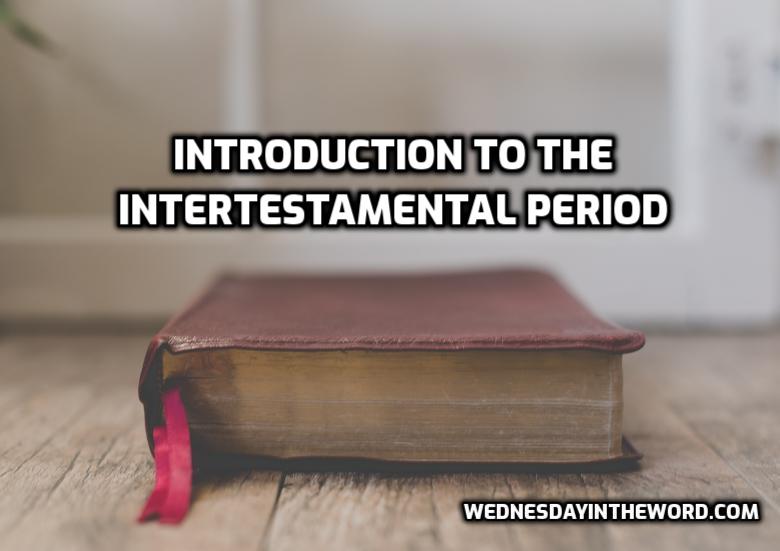
Introduction to the Intertestamental Period
The time between the end of the Old Testament (400BC from the prophet Malachi) to the preaching of John the Baptist (25 AD) is known as the “intertestamental” period. Here’s an overview of what happened.
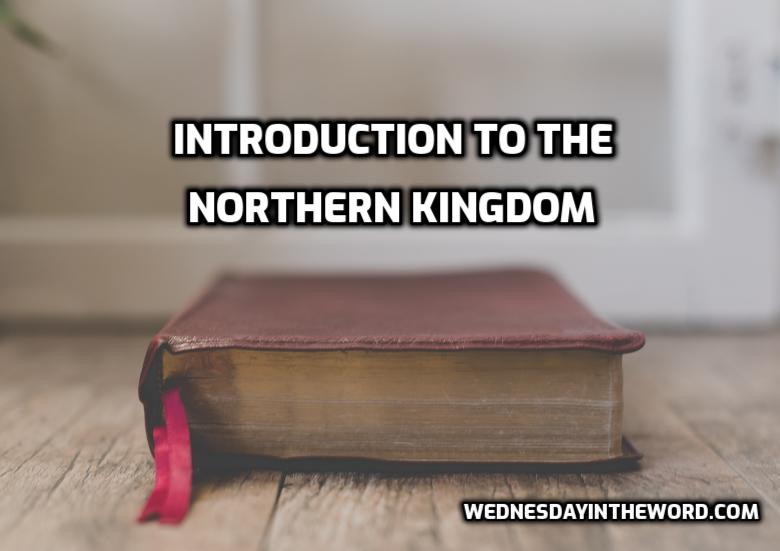
Introduction to the Northern Kingdom
After the death of King Solomon, two of his sons, Rehoboam and Jeroboam, fought for the throne. When Rehoboam harshly raised taxes on the people, the 10 northern tribes rebelled and installed Jeroboam as their king, creating the northern kingdom of Israel. The two southern tribes, Benjamin and Judah, remained with Rehoboam and became the kingdom of Judah.
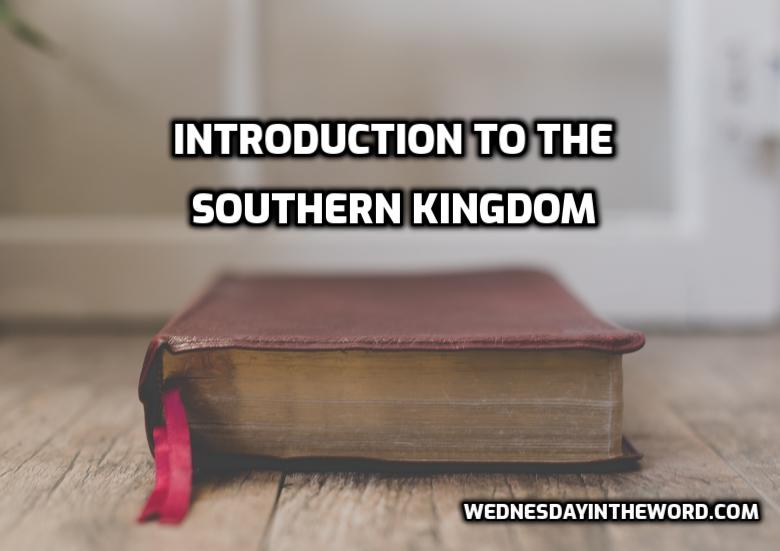
Introduction to the Southern Kingdom
After the death of King Solomon, two of his sons, Rehoboam and Jeroboam, fought for the throne. When Rehoboam harshly raised taxes on the people, the 10 northern tribes rebelled and installed Jeroboam as their king, creating the northern kingdom of Israel. The two southern tribes, Benjamin and Judah, remained with Rehoboam and became the kingdom of Judah.
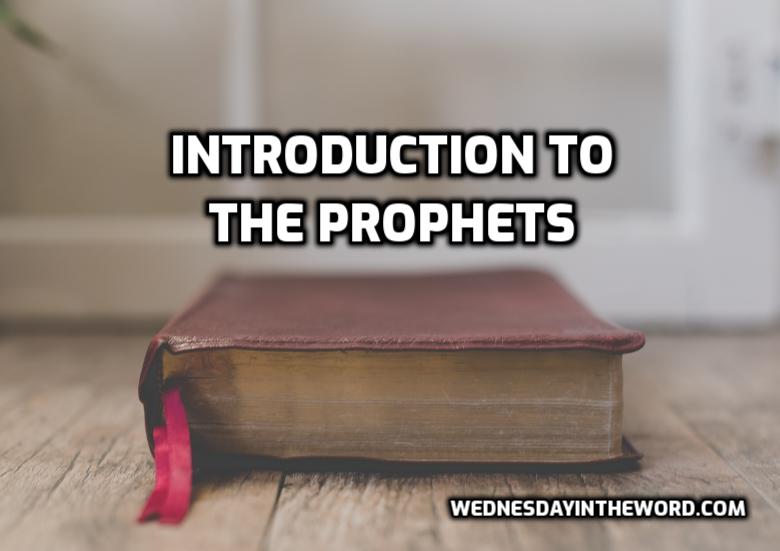
Introduction to the Old Testament Prophets
Introduction to the writings of the Old Testament Prophets
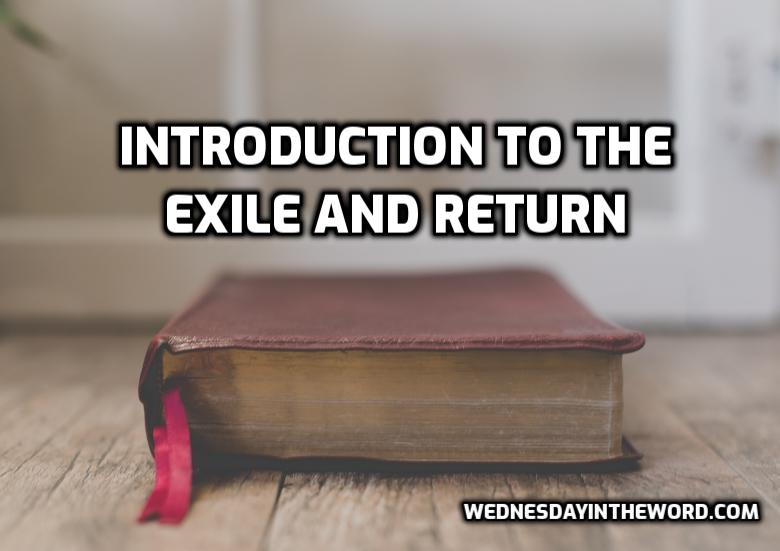
Introduction to the Exile and Return
The period of the divided kingdom ended with the people of Israel being taken into captivity. First, the people of the northern kingdom were conquered by Assyria, leaving Judah to struggle on alone. Finally, the southern kingdom of Judah was conquered by the Babylonians, leaving all the children of Israel in exile from the land. Here is an overview and timeline of the exile of Israel and her return from captivity.
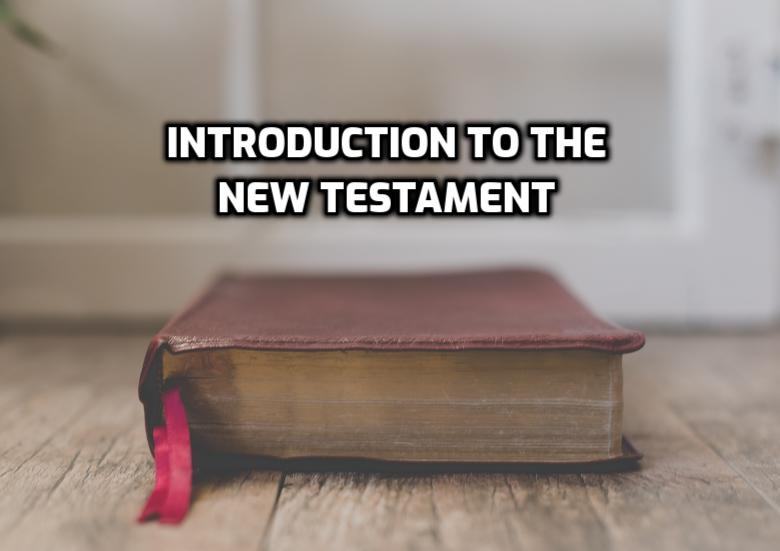
Introduction to the New Testament
How the letters in the New Testament came to be there
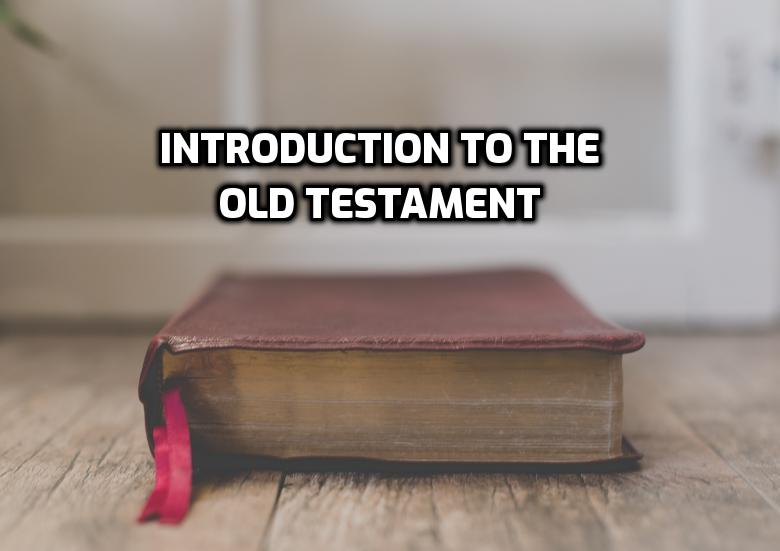
Introduction to the Old Testament
Why study the Old Testament? It’s the Scriptures that Jesus used.
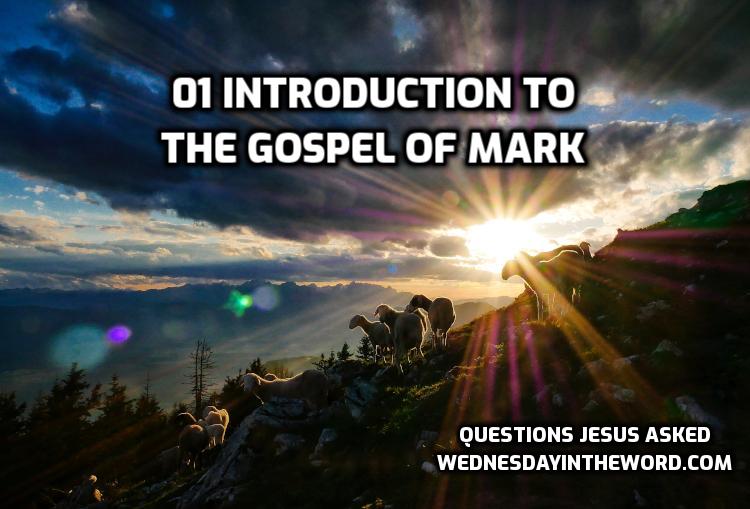
01 Gospel of Mark Introduction
Have you ever wondered why Jesus would ask a question, especially one he already knows the answer to? Divine questions are meant to be answered on a deeper level.

Introduction to the Pentateuch
The first five books of the Old Testament — Genesis, Exodus, Leviticus, Numbers, Deuteronomy — are collectively been known as the Pentateuch. The Jews usually call the Pentateuch the law or the Torah.
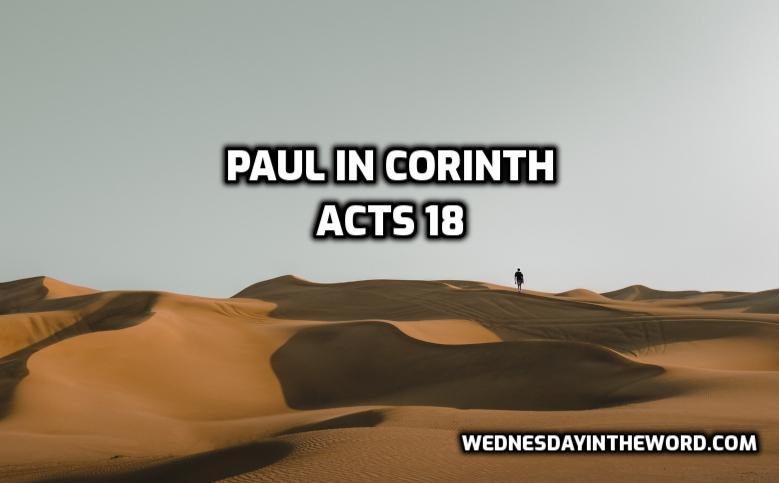
Acts 18 Paul in Corinth
Acts 18 records Paul’s first visit to Corinth. Understanding Paul’s relationship to the Corinthian church is crucial to understanding his letters to Corinth.

01 1 Peter Introduction
An introduction to the letter of 1 Peter and a look at Peter’s calling from Luke 5.

01 Isaiah 6:1-13 Servant Songs Introduction
Isaiah wrote these prophecies of the Servant about a time when all God’s people are scattered and the Davidic throne has disappeared into the sands of Babylon. Does the exile mark the end of the history of God’s people? Have they forfeited the divine promises made to Abraham?
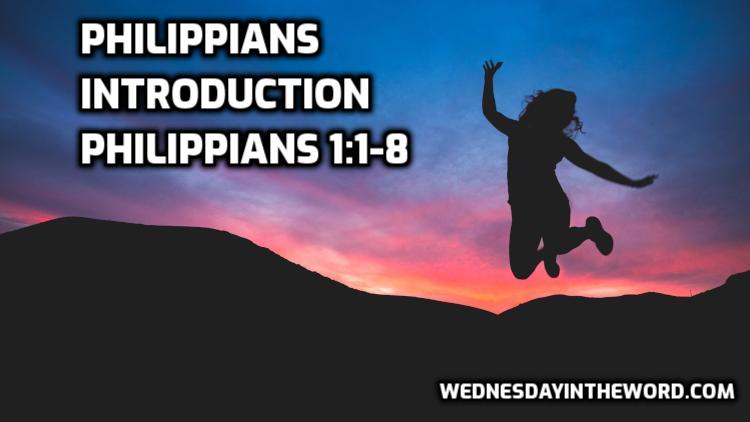
01 Philippians 1:1-8 Introduction
Paul’s message in Philippians is essentially the same as Moses in Deuteronomy 30:19-20: Choose life by loving the lord your God, obeying his voice and holding fast to him. He opens the letter expressing his gratitude — not because the Philippians have sent him financial support. But rather he is grateful that the gospel was so important to the Philippians that they wanted to support it.
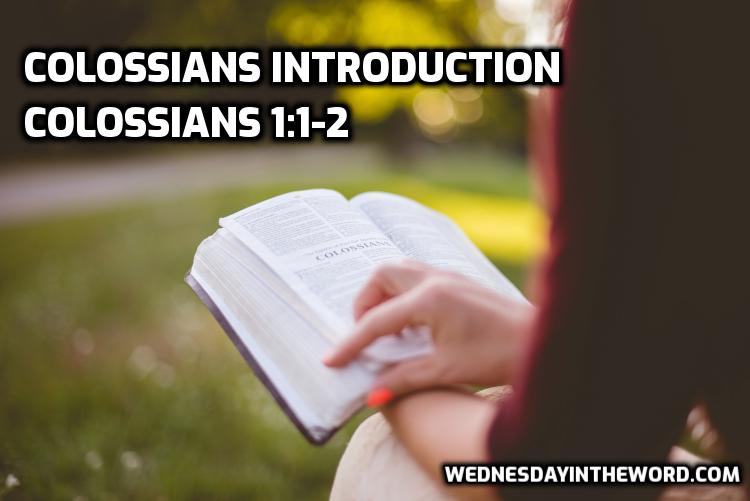
01 Colossians 1:1-2 Introduction
The first two verses of Colossians follow the typical greeting for a New Testament letter: the author(s), the recipient(s), greetings. Paul identifies what his readers should understand about him. Then he explains who he considers his readers to be, particularly in relationship to God.
